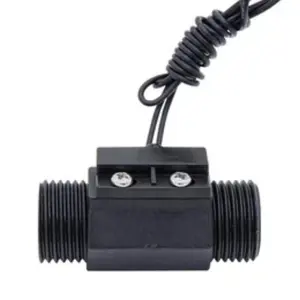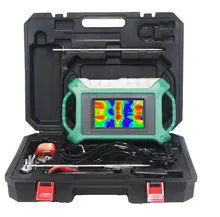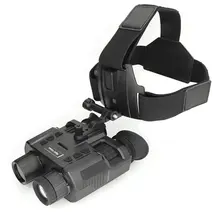Milk Flow Sensor Overview
A milk flow sensor is an integral component in the dairy industry, designed to measure the rate at which milk passes through a system. This device is crucial for maintaining efficiency and accuracy in milk production lines, ensuring that the volume of milk processed is precisely monitored.
Types and Applications
There are various types of milk flow sensors available, each suited to different applications within the dairy sector. From ultrasonic flow meters that offer contactless measurement to positive displacement meters that excel in measuring viscous fluids, the selection caters to diverse operational needs. These sensors are not only used in milk processing plants but also find applications in milk dispensing systems and automated milking machines.
Features and Materials
The construction of a milk flow sensor typically involves materials that are non-reactive with milk, such as food-grade stainless steel, to prevent contamination. Features may include easy-to-read digital displays, robust temperature resistance, and compatibility with cleaning-in-place (CIP) systems. The design of these sensors often allows for seamless integration into existing pipelines.
Advantages of Using Milk Flow Sensors
Utilizing a milk flow sensor in dairy operations brings numerous advantages. These sensors provide essential data that can help in maintaining product consistency, managing inventory, and optimizing the supply chain. The precision of flow measurement tools ensures that milk is accounted for accurately, which is vital for cost control and quality assurance.
Selection Criteria
When selecting a milk flow sensor, it is important to consider factors such as the sensor's accuracy, response time, and flow rate range. The choice between a volumetric flow meter and a mass flow meter will depend on the specific requirements of the measurement task at hand. Additionally, the sensor's compatibility with different fluid characteristics and operating pressures is a critical consideration.
Conclusion
In conclusion, a milk flow sensor is a vital device for the dairy industry, offering precise measurement and monitoring of milk flow. With a variety of types and features available, these sensors meet the needs of various applications, contributing to the efficiency and quality control of milk production processes.
































 浙公网安备 33010002000092号
浙公网安备 33010002000092号 浙B2-20120091-4
浙B2-20120091-4